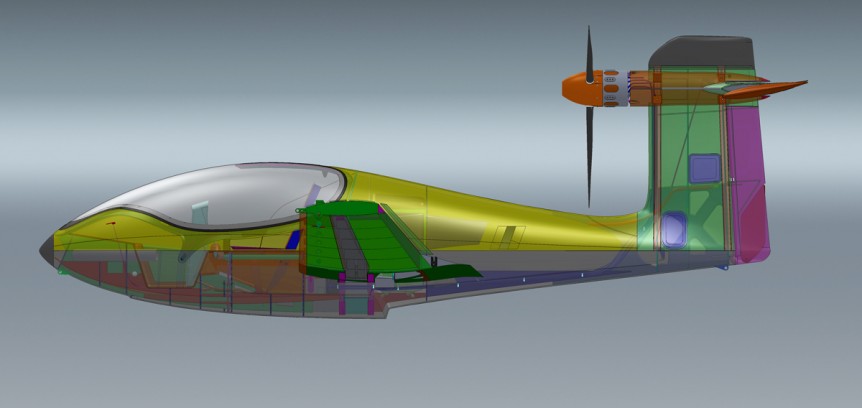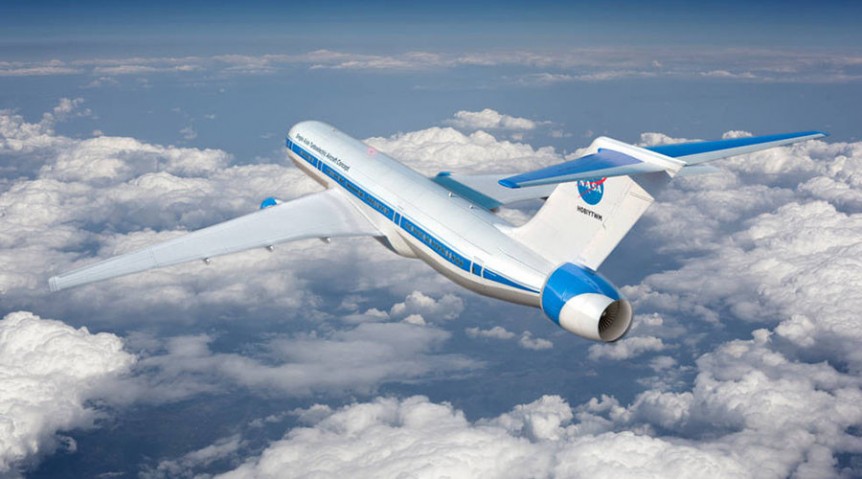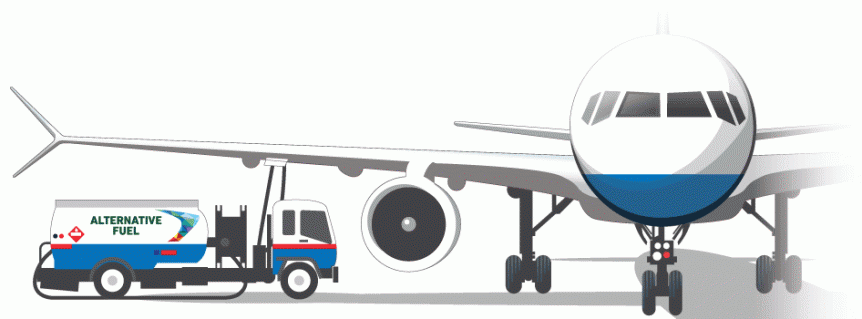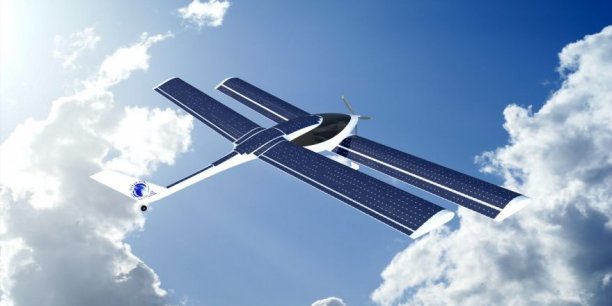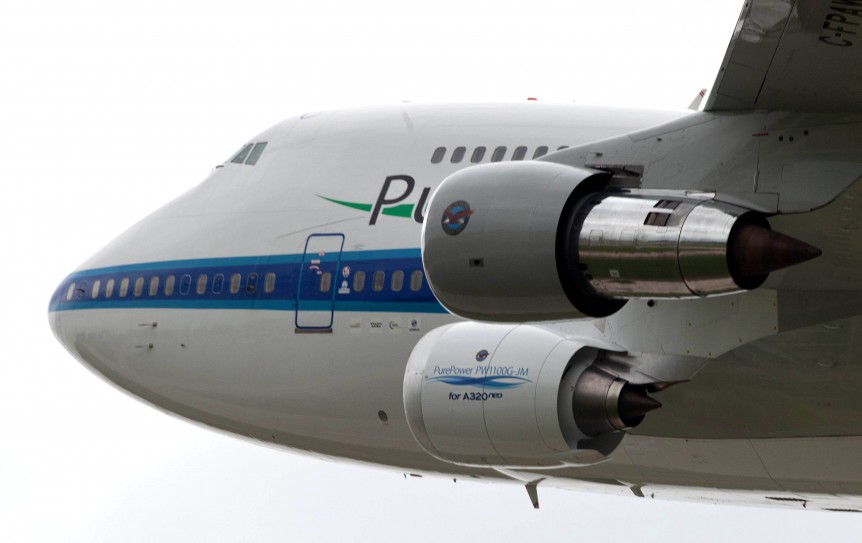Biofuels would be wonderful if they didn’t starve people while feeding trucks, cars and airplanes. Living with such a constraint, though, might prove to be productive, profitable, and environmentally sound. The Guardian describes efforts in America’s tobacco country to grow a crop that will be less destructive of human lungs and hearts if it is consumed in jet engines rather than in cigarettes. “’We’re experimenting with varieties that were discarded 50 years ago by traditional tobacco growers because the flavors were poor or the plants didn’t have enough nicotine,’ explains Tyton [BioEnergy Systems] co-founder Peter Majeranowski.” In a case that oddly enough is GMO free, “Researchers are pioneering selective breeding techniques and genetic engineering to increase tobacco’s sugar and seed oil content to create a promising source of renewable fuel. The low-nicotine varieties require little maintenance, are inexpensive to grow and thrive where other crops would fail.” Fuel tobacco is a higher-value crop than hay, for instance, and “looser” farming …
Follow the Battery Money
With Tesla’s $5.5 billion “gigafactory” already producing cells for its line of cars and its “Powerwall” home energy storage systems, it now seems like a tenuous, toe-dipping approach with Volkswagen announcing its own battery plans. VW may invest up to $15.5 billion according to Tech News, the outlet projecting the highest number. Others with less money but promising technologies are also betting on better batteries. Tesla Gigafactory Grand Opening – More to Come With only 14 percent of its total area completed, the Tesla Gigafactory on Electric Avenue (what else?) near Sparks, Nevada, is already up and running, producing Tesla’s Powerwall and Powerpack battery systems. According to Teslarati.com, “Elon Musk told investors at the 4th quarter earnings call earlier this month… those products are already profitable and are expected to become more so as volume increases.” Other projections anticipate that the Gigafactory will “be net zero and have no carbon emissions,” “net zero meaning that it will create more electricity …
A Flight to Counter Plastic Pollution
Jeremy Rowsell, an Australian pilot and concerned environmentalist, has seen plastic littering beaches around the world, and knows of the micro-plastic particles ingested by fish and sea birds. His hope four years ago was to fly a Cessna from Australia to London and back – powered by fuel made from that waste plastic. That event never came, and Rowsell is back with a still ambitious plan to fly an RV-9A from San Francisco, California (the world’s innovation hub, according to the project’s web site) to Anchorage, Alaska (the world’s climate change frontier), following a safer route than the originally planned oceanic journey. The Problem and One Solution Partnering with Plasticenergy, a Spanish company that uses “end-of-life” plastic to make commercially viable fuel “suitable for all diesel engines,” Rowsell’s flight would demonstrate that keeping plastic waste out of the world’s oceans could have economic, as well as environmental, benefits. In the oceans, plastic photodegrades over time, turning into smaller and smaller …
Tomas Brødreskift to Appear at SA Symposium
With the upcoming Sustainable Aviation Symposium (May 6-7, 2016) already packed with stellar presenters, we are excited to have Tomas Brødreskift join the faculty. An industrial designer whose skills in product and process design, project management, ergonomics, and visual and CAD design have led and enabled him to bring his amphibious Equator P2 Xcursion to life will share his expertise and experiences with attendees at the Sofitel San Francisco Bay. Tomas’ demonstrated skills in designing everything from Hardrocx mountain bikes to an array of consumer goods have helped prepare him to guide the Xcursion from concept to final product. Since he has overseen every step of the design/build process, the airplane is a reflection of its unique specification and its designer’s attention to detail. The Equator web site explains, “The P2 was designed from the ground up to be a highly practical aircraft. It is made for 2 people initially (with a future option for 4 seats) with focus on …
Electric Jet Hybrids – Big and Small
NASA’s Glenn Research Center reviews the prevalence of fossil fuels in keeping us flying for over a century. “Since the beginning, commercial planes have been powered by carbon-based fuels such as gasoline or kerosene. While these provide the energy to lift large commercial jets into the world’s airspace, electric power is now seen as a new frontier for providing thrust and power for flight.” Noting the use of hybrid and turboelectric power used to increase efficiency in cars, boats and trains, NASA has set a goal “to help the aircraft industry shift from relying solely on gas turbines to using hybrid electric and turboelectric propulsion in order to reduce energy consumption, emissions and noise.” This would require a large shift in propulsion and overall aircraft design and Jim Heidmann, manager for NASA’s Advanced Air Transport Technology project reflects on those changes. “Moving toward alternative systems requires creating new aircraft designs as well as propulsion systems that integrate battery technologies and …
SeaTac, Boeing, Alaska Airlines Partner on Biofuel
Aviation accounts for about two-to-three percent of the total CO2 emitted through burning fossil fuels, according to the Intergovernmental Panel on Climate Change (IPCC). That’s even with military jets flashing their afterburners and trailing un-enhanced high-altitude contrails. Whether these emissions add to global warming or global cooling seems to be still open to debate. Regardless, almost everyone in the industry feels it is worth eliminating the negative aspects of aircraft emissions. Sea-Tac’s Big Plan Seattle-Tacoma International Airport, Alaska Airlines and Boeing are partnering to power all flights from Sea-Tac with “sustainable aviation biofuel.” The trio has crafted a long-term roadmap to devise an infrastructure “in a cost-effective, efficient manner.” There may be benefits to the local economy, as well as to operational costs for airlines. According to Biomass Magazine, “At the Sea-Tac fuel farm Dec. 16, executives for the port, Alaska Airlines, and Boeing signed a memorandum of understanding (MOU) to launch a $250,000 Biofuel Infrastructure Feasibility Study that will assess …
A Solar-Algae Hybrid for an Atlantic Crossing
Henri Mignet was never quite able to master an airplane with three-axis controls, and built at least seven flawed attempts at simplified controlled flight. His seminal try, the HM-8 Pou de Ciel (literally, Louse of the Sky, or more familiarly, Flying Flea) became first a matter of celebration for amateur aviators and then a cause of scandal, being banned in Britain following a series of fatal crashes. The “formula”, as proponents called Mignet’s tandem wing configuration, was sorted out after wind tunnel tests in England and America uncovered the flaw that caused the craft to pitch down in an unrecoverable dive. (For a well-illustrated history of Mignet’s design, see Henri Mignet and his Flying Fleas by Ken Ellis and Geoff Jones. Although out of print, used copies are available at Alibris and Abe Books, at higher prices than your editor paid for his new copy 25 years ago.) Later models of the formula have proven to be safe, stable fliers, …
Green Aviation at COP21
COP21, the Congress of Parties 21 – the 21st gathering of nations and organizations working toward an agreement on reducing greenhouse gases, has concluded with what many conclude to be a historic turn from fossil fuels to cleaner, greener means of powering the world’s economy. At a gala “SolutionsCOP21 – Celebrate the Champions Night” at the Grand Palais on the Champs-Élysées in Paris, leaders in demonstrating clean energy solutions were honored and awarded. Globe-straddling solar aviation and electric commuter helicopters showed a few of the environmentally conscientious directions aviation has taken and in which sustainable flight can take flight in the near future. Eraole, Mignet’s Formula Redefined Eraole, with its first motor run at COP21, is a tandem-winged cruiser that will fly on a combination of solar power and biologically-derived algae fuel driving its single electric motor. The 14 meter wings and large horizontal tail provide space for 43 square meters (462.8 square feet) of 24-percent efficient solar cells. These …
Flying More Economical, Less Polluting Than Driving?
Ilan Kroo, in a 2014 Electric Aircraft Symposium presentation, showed that a “narrow-body” airliner (for example, the Boeing 737-800) is able to fly one passenger coast-to-coast on 29 gallons of fuel, at about 81 passenger miles per gallon. Driving responsibly, a carpool of four or five in a Prius could show greater operational economy, but take about 40 or more hours to make the trip (and lots of breaks) compared to the five hours in one jump it takes the Boeing. Worse, the same Prius is often stuck in gridlock traffic for short drives with only the driver on board. Even a hybrid’s mileage suffers under such circumstances. Several popular publications have taken up that “meme” in the last week. Nick Stockton, writing in Mother Jones’ environment section, informs his readers that airlines are already competitive with cars on a passenger mile basis, and that because “Fuel economy is hardwired into the airline industry’s DNA,” there could be benefits for …
Biggest, Fastest 3D Printed Airplane So Far
Unveiled at the Dubai Air Show this week, the collaborative effort between Stratasys and Aurora Flight Sciences is the largest and fastest 3D-printed aircraft so far. With a 9-foot wingspan and weighing 30 pounds, the unmanned aerial vehicle is also the first jet aircraft to be made through additive manufacturing. 80 percent by weight was made through the advanced process, the rest consisting of the engine, electronics and tires. Because the airplane was designed in a collaborative computer aided design process, the parts could be printed in Stratasys’ facilities even though they were designed primarily in Aurora’s Virginia headquarters. Besides saving weight, the process saves time, the complete aircraft going from initial idea to first flight in under nine months. Scott Sevcik, aerospace and defense business development manager at Stratasys, and a recent presenter at the ninth annual Electric Aircraft Symposium, says, “Aurora wanted to look at the feasibility of producing a vehicle tailored to unique mission requirements. They identified …



